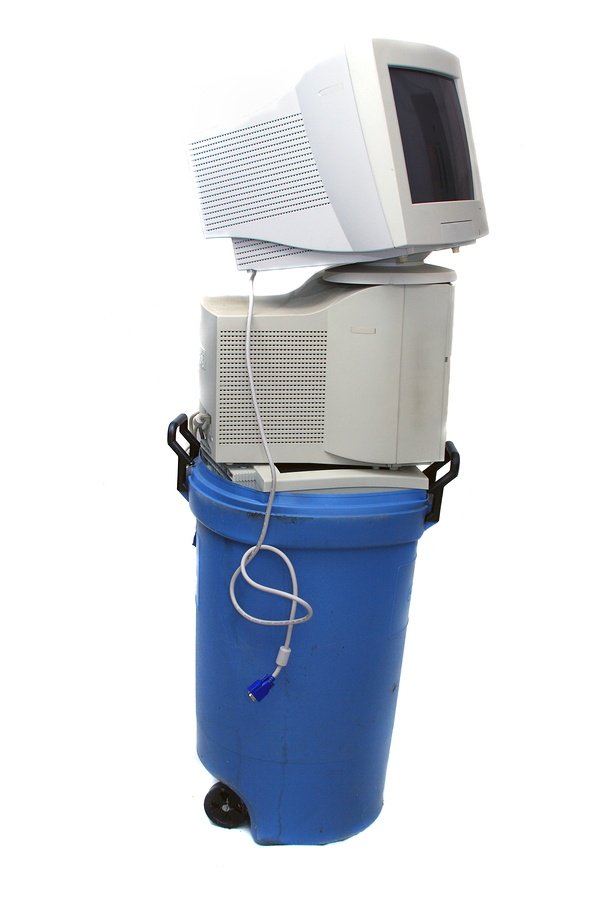 There is a never ending, revolving door of new technology these days. In with the new and out with the old happens a lot quicker than it used to when it comes to IT hardware. When you get a new PC, do you just throw the old one in the trash? Absolutely not. It’s bad for the environment and it’s bad for your data security. Here is a quick list of what you should do when upgrading your computer equipment.
There is a never ending, revolving door of new technology these days. In with the new and out with the old happens a lot quicker than it used to when it comes to IT hardware. When you get a new PC, do you just throw the old one in the trash? Absolutely not. It’s bad for the environment and it’s bad for your data security. Here is a quick list of what you should do when upgrading your computer equipment.
1. Pack Up Your Data.
If there’s data on your hard drive that you want to keep, and there probably is, then you need to back it up. There are plenty of options for this. One is an external hard drive. These allow you to move all your files onto a portable drive and then when you need to access them, you can just plug it into your new PC and get what you need. It acts as a good backup storage as well without bogging down your new PC with all your old stuff.
You can also use a flash drive to just pick what you want and move it selectively to the new PC. If you’d like to try out cloud computing, you can create an account with a cloud provider like Google Drive or Microsoft OneDrive and store your information that way. If you’re already operating in the cloud, then you just need to ensure that you back it all up to your cloud account and then you can access as needed from the new pc, or any other connected device for that matter.
2. Clean Up After Yourself.
You’ve backed up all the data you want, now you need to clean house so to speak. Your information is all over the inside of that hard drive and you need to get rid of it to avoid becoming prey to a cyberattack. If you’re considering donating or selling your PC, you need to remove all traces of you. Delete all your personal files. If they contain sensitive information, then use a file shredder. You can find free shredders online (be sure it’s reputable) or your antivirus software may include one.
Next, encrypt your drive. Search your help tools to find it on your type of machine. Then, deauthorize any accounts you access through the PC, like iTunes or Dropbox. Also, delete your browsing history and then uninstall your applications.
After you do all of that, you need to reset your hard drive to factory settings to wipe everything totally clean.
If you don’t plan on giving the computer to another user, there’s a much simpler solution. Unscrew the back of the tower, pull out the actual hard drive itself, put it on a solid surface, and beat the heck out of it. You can smash it with a hammer until it’s really dinged up and unrecoverable, or use a drill and drive holes through the entire thing. This is a very primitive destruction method, but it’s a lot of fun too!
3. Dispose of the Machine.
Now your data is safe, you need to ditch the actual body of the machine. Don’t just throw it in the trash. There are harmful chemicals inside that you don’t want leaching in to the ground. You can take old hardware to several electronics chains, like Best Buy, and they will recycle them properly. Your local waste service provider will often offer several electronic recycling drop off days a year as well.
If you’re looking to repair your computer equipment instead of trashing it, contact us Great Lakes Computer. We offer a wide range of depot repair services to help you get your technology back up and running.




